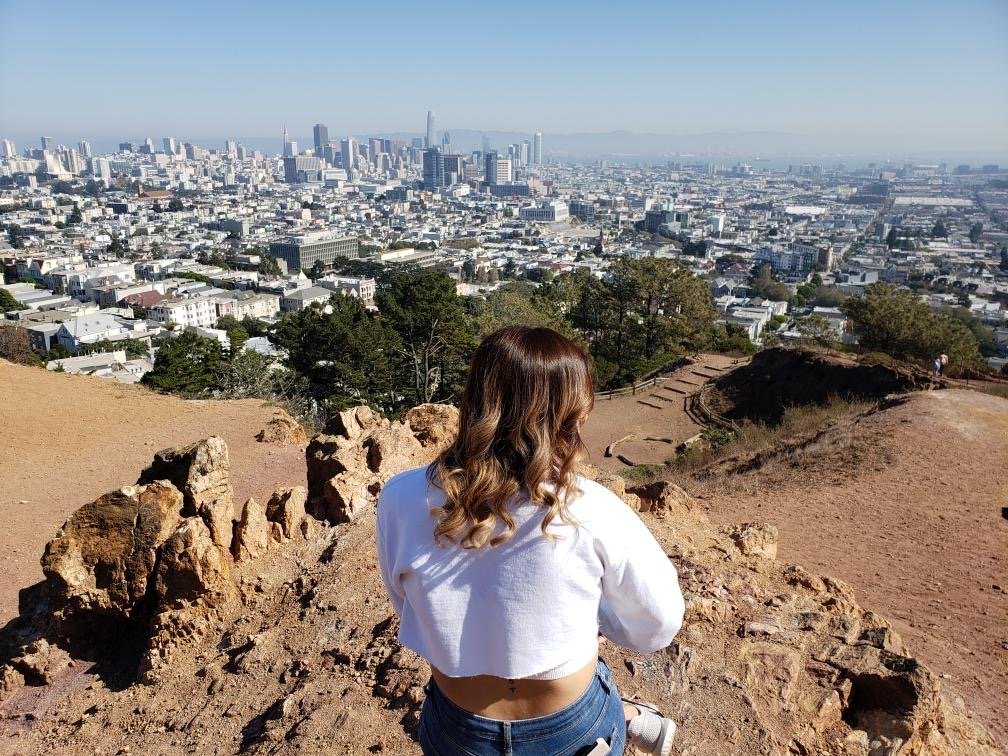For years, I functioned like a machine.
I got straight A’s in high school. I organized everything. I was reliable, disciplined, focused. I checked every box. People called me a “Type A,” but now I see that I wasn’t naturally wired that way. I was surviving. And I survived well—until I couldn’t anymore.
When COVID hit in 2020, everything stopped. The world paused, and for the first time, so did I. It was like my body and brain said, “Finally… now let’s deal with all that pain you’ve been ignoring.”
And then it all came up—everything I’d buried. The trauma. The grief. The fear. The anger. The shame. I couldn’t just keep working, producing, striving, fixing. I had to feel. And honestly, that terrified me.
What no one tells you is that once you leave survival mode, there’s no clean transition into healing. It’s not a staircase. It’s a tug-of-war between your old self and the one trying to emerge. The one who wants to rest, to feel, to grow… but still hears the echo of “You’re only valuable when you’re achieving.”
So what does survival look like when it has to be sustainable?
Here’s what I’m learning:
You can’t numb forever. And you don’t have to drown in the feelings either.
I used to think if I let myself feel, I’d never stop crying. But the truth is, feelings come in waves. And if I make space for them—ten minutes in the car, a journal entry, a deep breath in a locked bathroom—I can survive them. I can even understand them.
Your brain might be tired, but it’s still yours. Work with it.
Some days, I can’t focus. I forget things. I read the same sentence five times. That doesn’t mean I’m broken. It means I need tools. Planners. Timers. Chunking tasks. Giving myself permission to take longer. I’m not lazy. I’m adapting.
You don’t have to do everything. You don’t have to do it all well.
I used to fold the laundry perfectly. Now I’m just proud if it makes it out of the basket. I’ve stopped chasing perfection. The second-best version of a task? Still counts. Burnt dinner? Still fed the kids. No deep cleaning? Still a home.
Relationships should support you—not drain you.
I’ve let go of people who only took and never gave. I’m learning to lean into relationships that feel safe, mutual, and real. Even if it’s just one person. Or even if it’s just me and my journal, for now.
You were never an imposter. You were surviving. And now you’re evolving.
That version of me—the overachiever, the perfectionist—she wasn’t fake. She was trying to stay alive in a world that kept testing her. I honor her. But I also don’t need to be her forever. I can be softer now. Slower. Still strong—but in a different way.
Sustainable survival means choosing your energy wisely.
It’s not about thriving every day. It’s about knowing when to push and when to rest. When to speak and when to retreat. It’s about respecting your limits and refusing to feel shame for them.
And if you’re in that in-between place—where survival no longer serves you, but healing feels hard—just know: you’re not alone. I’m there too. And I’m finding my way, one honest day at a time.
You don’t just wake up and become the butterfly—growth is a process.

